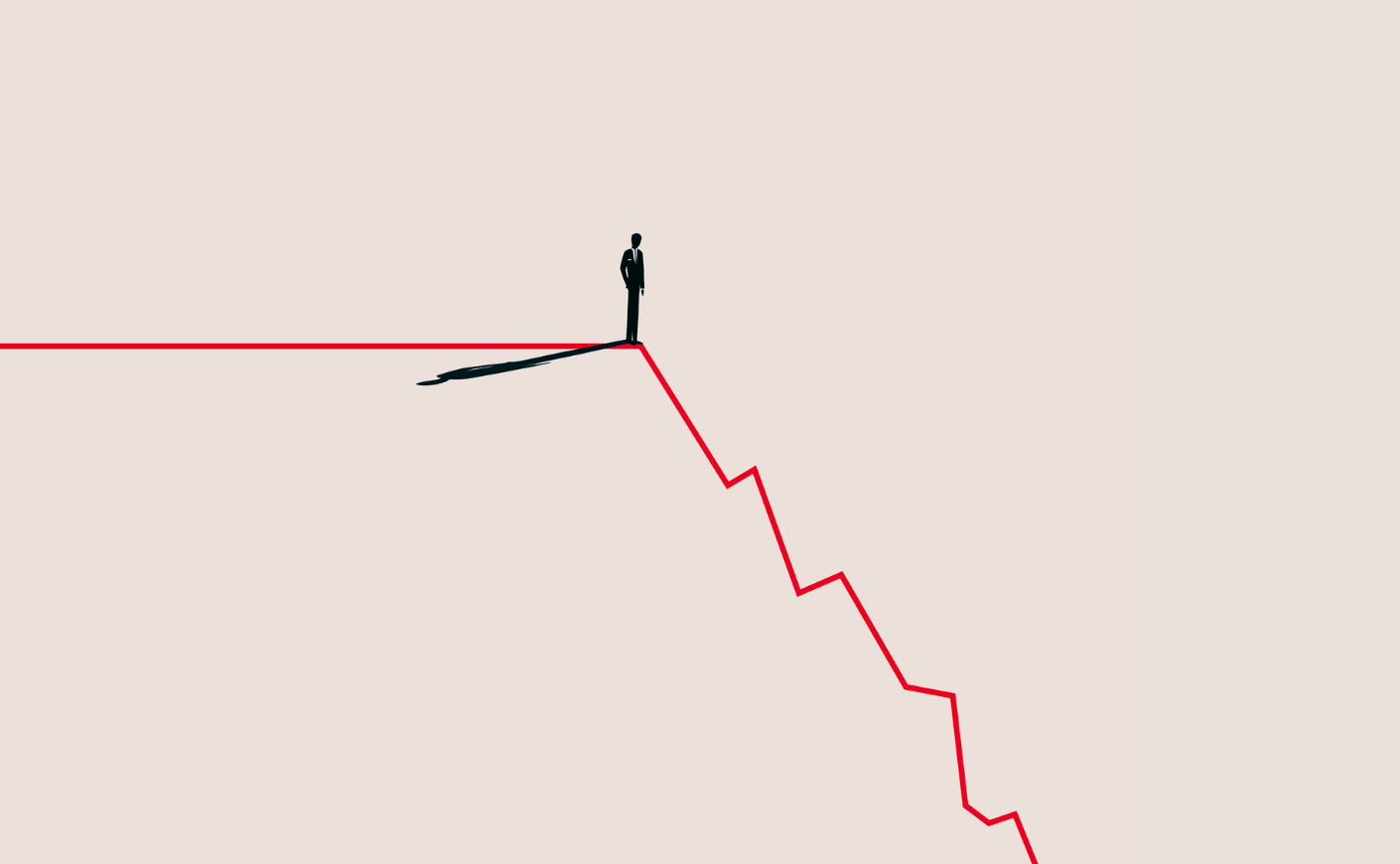Depression rates in the United States are rising — and quickly. A survey published by Gallup shows that Americans are currently experiencing the highest rates of depression ever recorded by the analytics company, and the percentages are pretty staggering.
The most recent results, obtained Feb. 21-28, 2023, are based on 5,167 U.S. adults surveyed as part of the Gallup Panel, a probability-based panel of about 100,000 adults across all 50 states and the District of Columbia. According to the survey, 29 percent of adult Americans report having been clinically diagnosed with depression at some point in their lives (Gallup referenced this status as “lifetime depression”), an increase from 19.6 percent in 2015. Similarly, 17 percent of adult Americans in the survey claimed to be currently experiencing depression, up from 10.5 percent in 2015.
Here’s how those rates break down across age, race, and gender — and why researchers think Covid is (and isn’t) to blame for these skyrocketing mental health issues.
Is Covid to blame for rising depression rates?
Time to address the pandemic-sized elephant in the room: Are depression rates rising because we all just went through (and in many cases are continuing to go through) a global pandemic?
Yes and no, according to the research director of Gallup National Health and Well-Being Index.
To ABC News, Dan Witters explained that the pandemic likely played some sort of role in these new depression rates, but that it would be a mistake to pin this rising mental health epidemic exclusively on Covid-related issues.
“Both of these rates had kind of been coming up over the years pre-pandemic,” he said. “And you don’t want to get too far out in front of your skis as far as putting all the blame on the pandemic.”
Witters continued, “There’s plenty of other big factors out there that could be relevant to these increasing rates that we’ve been measuring but the pandemic’s a big one and indeed the rates have really come up significantly in the years since Covid hit.”
In the conclusion of the Gallup study, the researchers posited one potential reason for why these rates have jumped so high: The pandemic served to further exacerbate a bunch of societal issues that were already driving mental health issues, including social isolation, loneliness, economic instability, and more.
How do these rising depression rates differ across age, race, and gender?
According to the Gallup study, rates of depression are rising most quickly among women, young adults, and Hispanic adults. This aligns with previous research that teenage girls are increasingly battling mental health issues right now.
In the study, over a third of women reported having experienced depression at some point in their lives, compared to 20 percent of men. This could be because women are more likely than ever to report despondency. The rate at which women report their depression has risen to twice the rate that men do in the last five years.
Overall, it’s women and young adults between the ages of 18-29 that have the highest reported rates of melancholia.
Gallup also noted an interesting shift in these study results: Historically, white adults have reported higher rates of depression than other races, but that has officially changed in the last few years. Now, lifetime depression rates are higher among Black and Hispanic adults, with those rates continuing to increase at a faster pace than rates for white adults.
Interestingly, depression rates are not significantly higher in the United States than they are globally. The researchers of the Gallup study pointed this out explicitly.
“Other Gallup research has estimated that 22 percent of Northern American adults have experienced depression or anxiety so extreme that they could not continue regular daily activities for two weeks or longer, similar to a global rate of 19 percent and matching estimates found in Western Europe, the Middle East and North Africa, and South Asia,” they wrote in the conclusion of the study.
Why some groups are more susceptible to depression
One crucial thing to consider when comparing depression rates among genders or races is that these rates are only representative of what people are willing to report.
Other studies have shown, for example, that women are not only more likely to be diagnosed with depression but are also generally more likely to talk about mental health than men are. Similarly, younger generations are more likely to be open about their mental health issues than older generations.
This doesn’t invalidate the study results, of course, but it is a huge factor to keep in mind whenever reading these reports.
Another important facet to keep in mind is that depression can be caused by external factors, which often impact marginalized groups in more extreme ways than non-marginalized groups.
For example, the study notes that women made up a whopping 78 percent of all healthcare workers during the pandemic. Women also lost their jobs or were forced to exit the workplace at disproportionately higher rates than men during the pandemic. Both of these factors (among many, many others) could have contributed to those higher rates of depression.
We’d try to end it on a lighter note, but we’re too bummed out to think of one.









